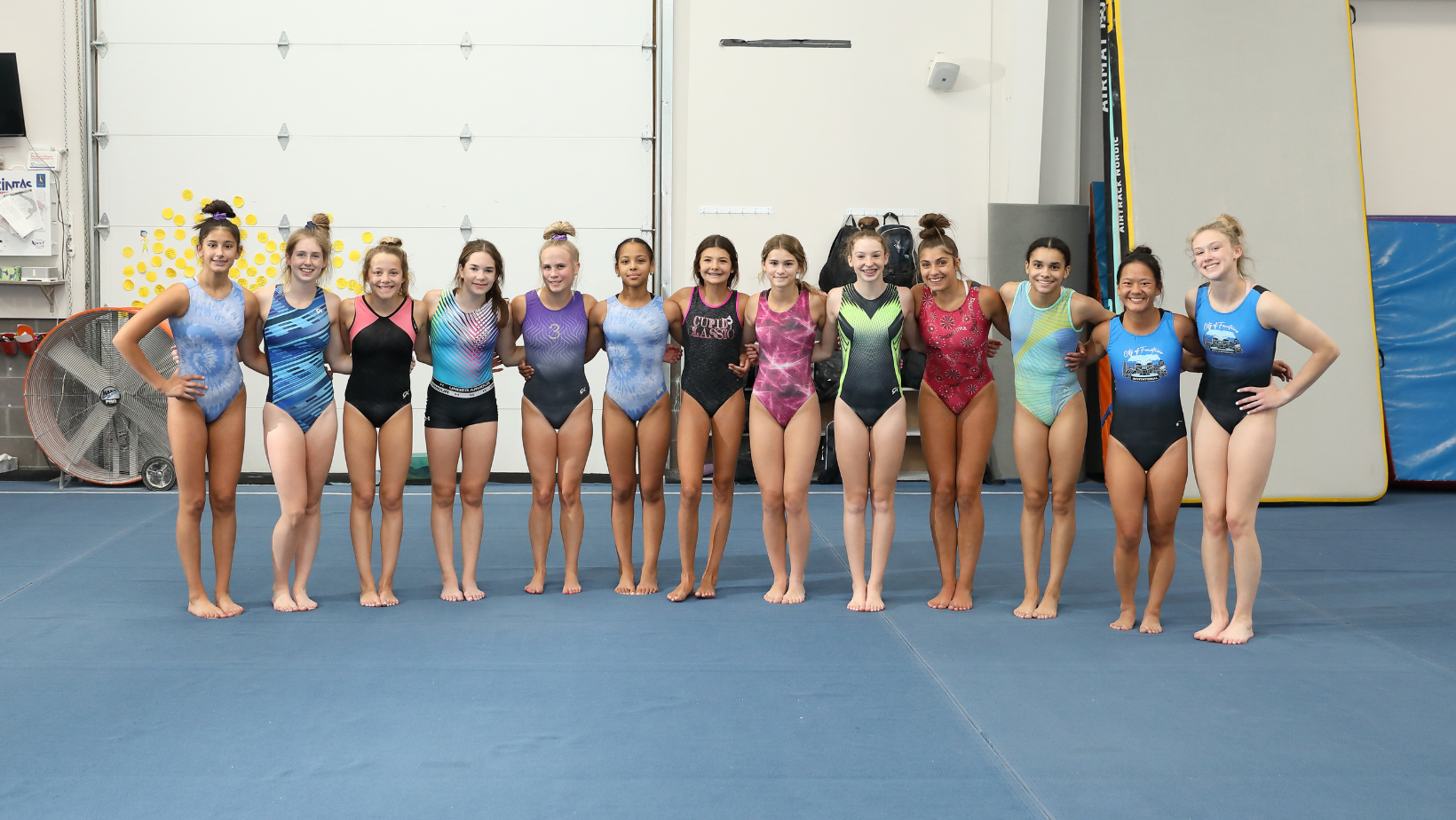Is it a Jammed Finger or Something Else?
Often an athlete explains they “jammed” their finger and ask how long should they protect it? First, let’s talk about the word “jammed”. “Jammed” is, to me at least, more the story of what happened (finger struck or loaded from the fingertip causing pain and sometimes swelling and bruising at the joint); rather than “jammed” being the actual diagnosis (because a “jammed finger” could be a sprain of a ligament, an injury to a tendon, a fracture of a bone or growth plate, or a soft tissue bruise- all causing pain). Some can be seen on x-ray (and I usually recommend an x-ray after a “jammed finger”) and sometimes the diagnosis can be made with a good examination (ligament injuries can have increased laxity at the swollen joint compared to the uninjured fingers, tendon injuries are sometimes “locked” in a certain place or don’t move normally). Young athletes, with still growing bone and growth plates, may have a subtle bony injury/fracture that is “downplayed” as “just jammed” which can result in not being treated appropriately. Many injuries do well with buddy taping; a few benefit from splinting; while other injuries aren’t splinted because the finger can get too stiff and be difficult to return to sport after treated; and rarely, certain “jammed fingers” require surgery. For each- the treatment and the timing can be different- so, starting with an x-ray and a good exam can help determine if a “jammed finger” will improve with buddy taping for a week or two, or, in rare cases, if a surgery is recommended.
Examples of an Injured Finger:
- Growth plate injury- a wide / separated growth plate- a Salter Harris 1 fracture.
- Another type of growth plate injury Salter Harris 3 fracture- and depending on the exam, possibly a tendon injury as well
- A different kind of growth plate injury these are very common in growing athletes- a Salter Harris 2 fracture
- Dislocated joint and depending on the exam could have injured ligament or tendon as well
- Looks normal... but when examined- the joint was loose- a ligament tear usually can’t be seen on x-ray unless it pulls off a tiny piece of bone- called an avulsion
- Fracture of proximal phalanx- finger
Dr. Goldstein
Proud medical partner of Pinnacle Gymnastics




